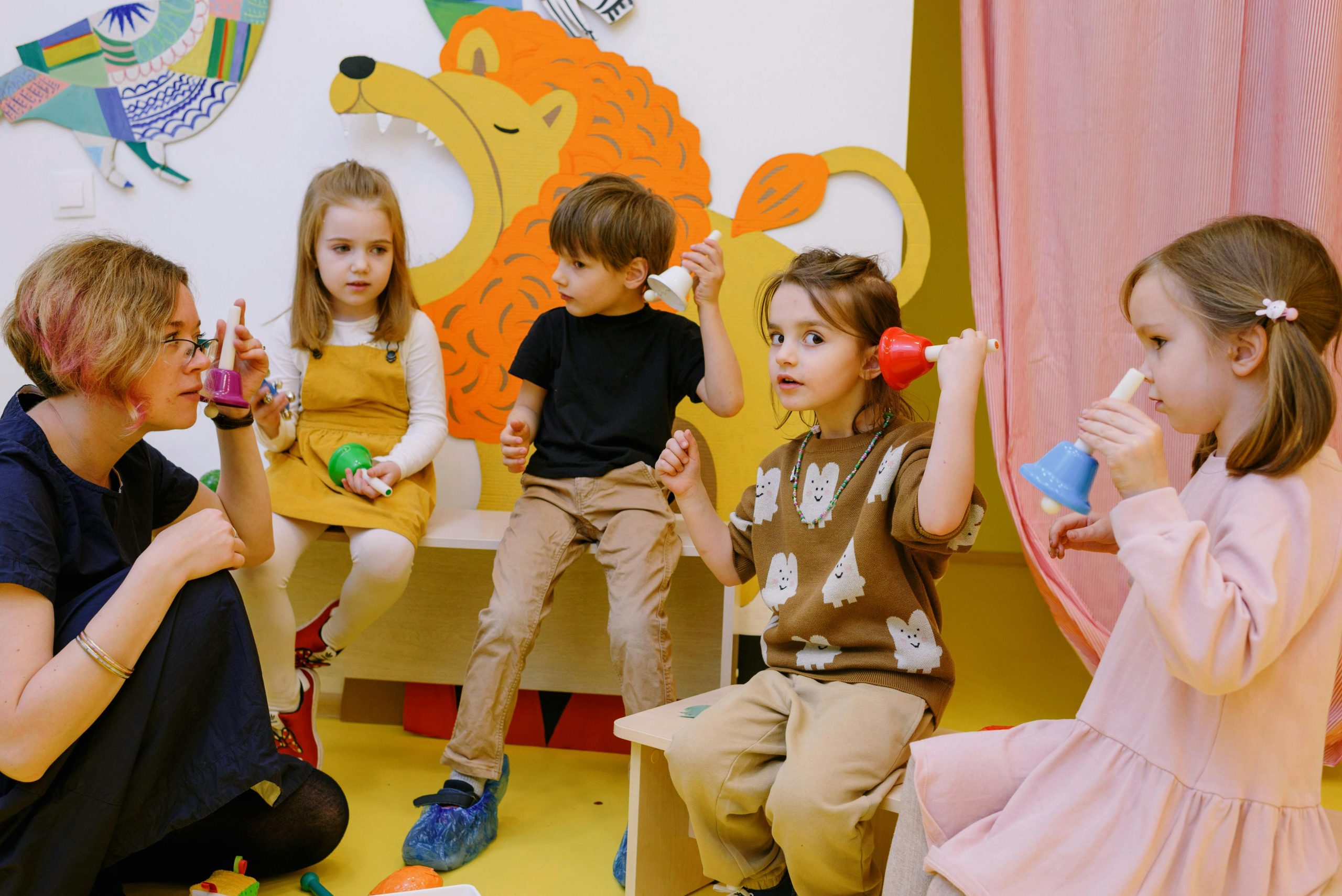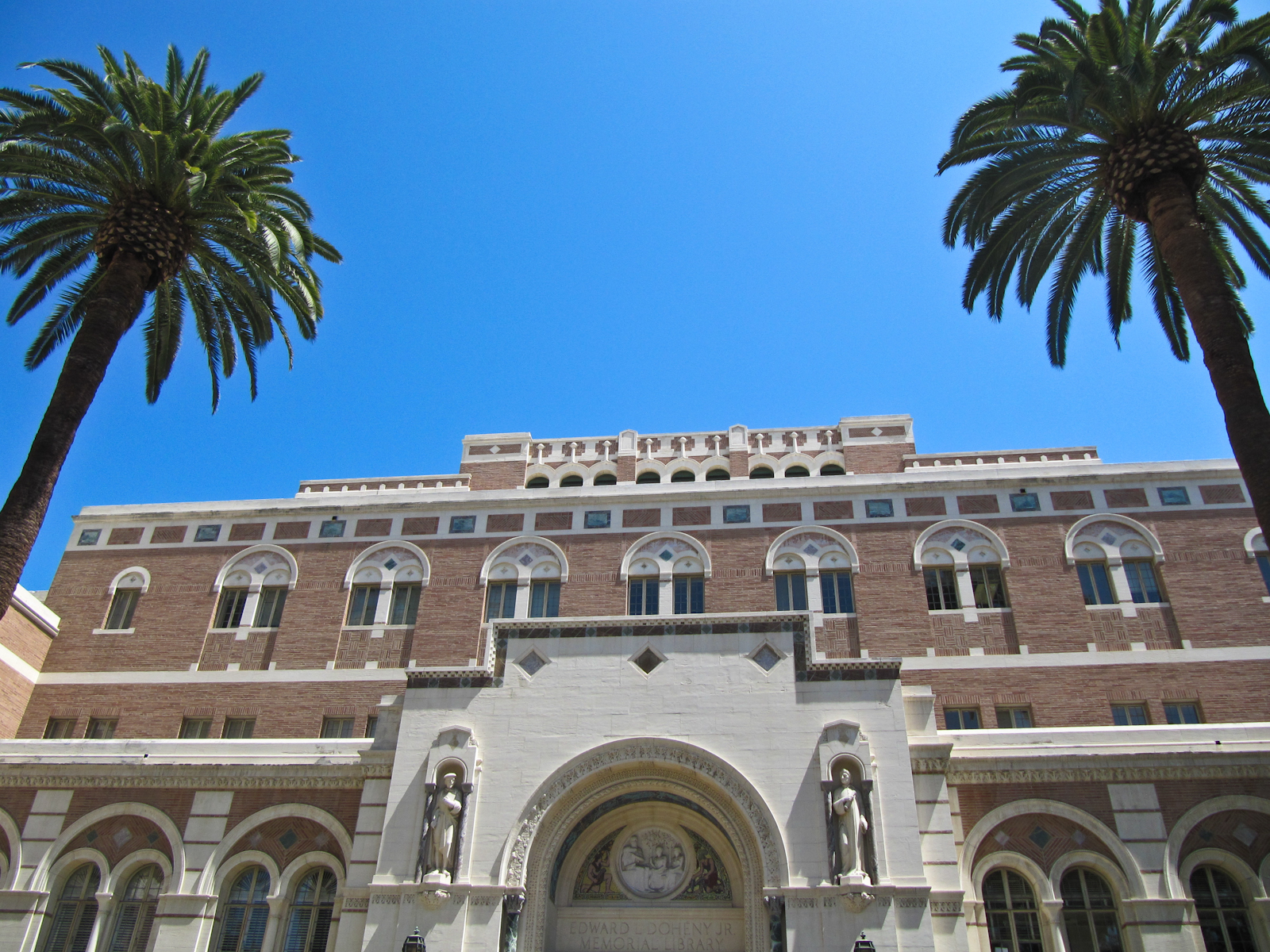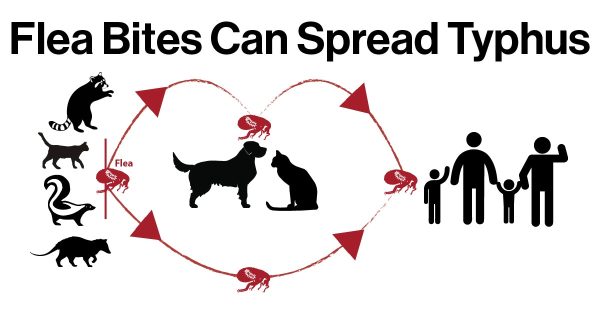By Suzanne Potter, Producer, Public News Service
California ranks 35th for overall child well-being, according to the 2024 Kids Count Data Book released Monday.
Researchers from the Annie E. Casey Foundation also ranked the state 35th in education and 43rd in percentage of GDP dedicated to schools.
Joanna French, director of statewide strategy for Innovate Public Schools, a nonprofit building the capacity of families to demand high-quality schools, said after COVID-19, troublesome data continues.
“Even before the pandemic, we knew that low-income students, students of color, English learners and students with learning differences were already behind grade-level standards,” French explained. “Now post-pandemic, many of those numbers got worse. And rates of chronic absenteeism have continued to grow.”
The data showed 33% of students are chronically absent, with 77% of eighth graders scoring below proficiency in math and more than two-thirds of fourth graders score below proficiency in reading.
In the short term, increased funding may not be in the cards, as California faces an estimated $38 billion budget shortfall. The Legislature must pass a balanced budget by this Saturday.
Leslie Boissiere, vice president of external affairs for the Annie E. Casey Foundation, recommended states invest in mental health support, nutritional aid and tutoring.
“We know some of the things that work both in remediating or providing additional support for kids who may have fallen behind,” Boissiere pointed out. “Such as high-dosage tutoring, creating environments within schools where all kids feel like they can belong, and looking at evidence-based curriculum approaches.”
One bright spot for the Golden State was a third-best ranking in the percentage of children without health insurance, thanks to the elimination of Medi-Cal premiums for kids and an expansion to cover all children regardless of immigration status.
Disclosure: The Annie E. Casey Foundation contributes to Public News Services’ fund for reporting on Children’s Issues, Education, Juvenile Justice, and Welfare Reform. If you would like to help support news in the public interest, click here.







